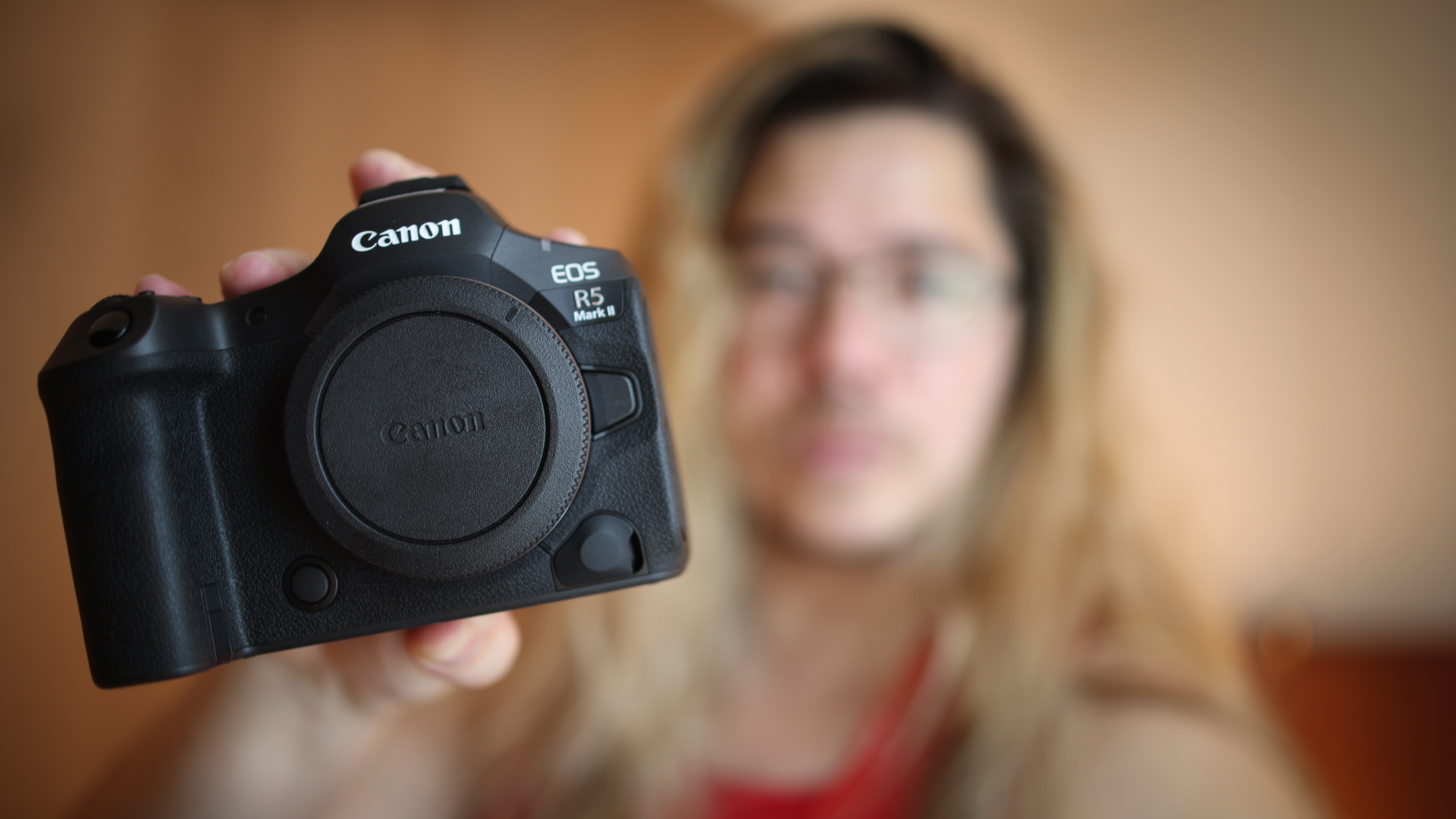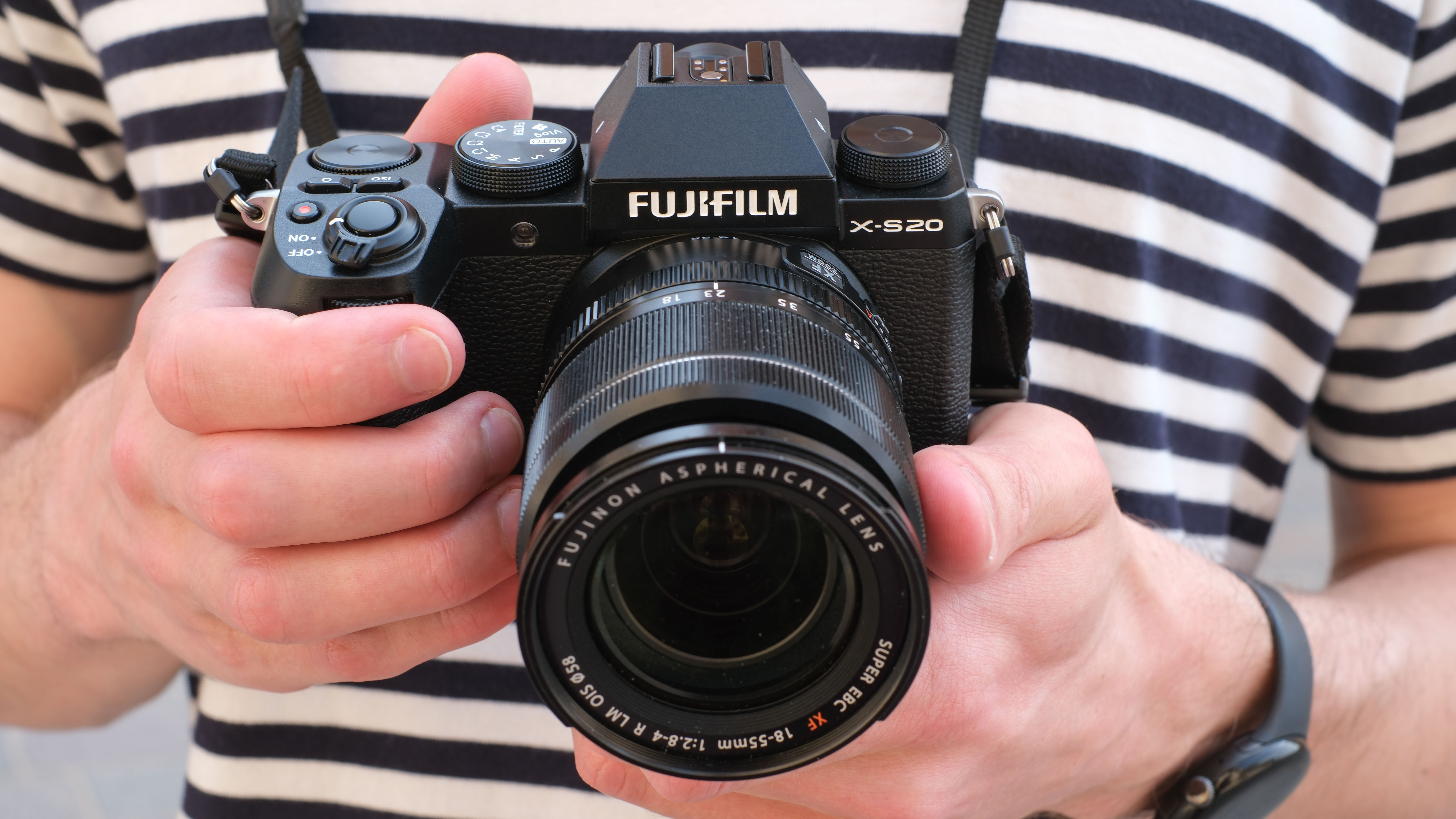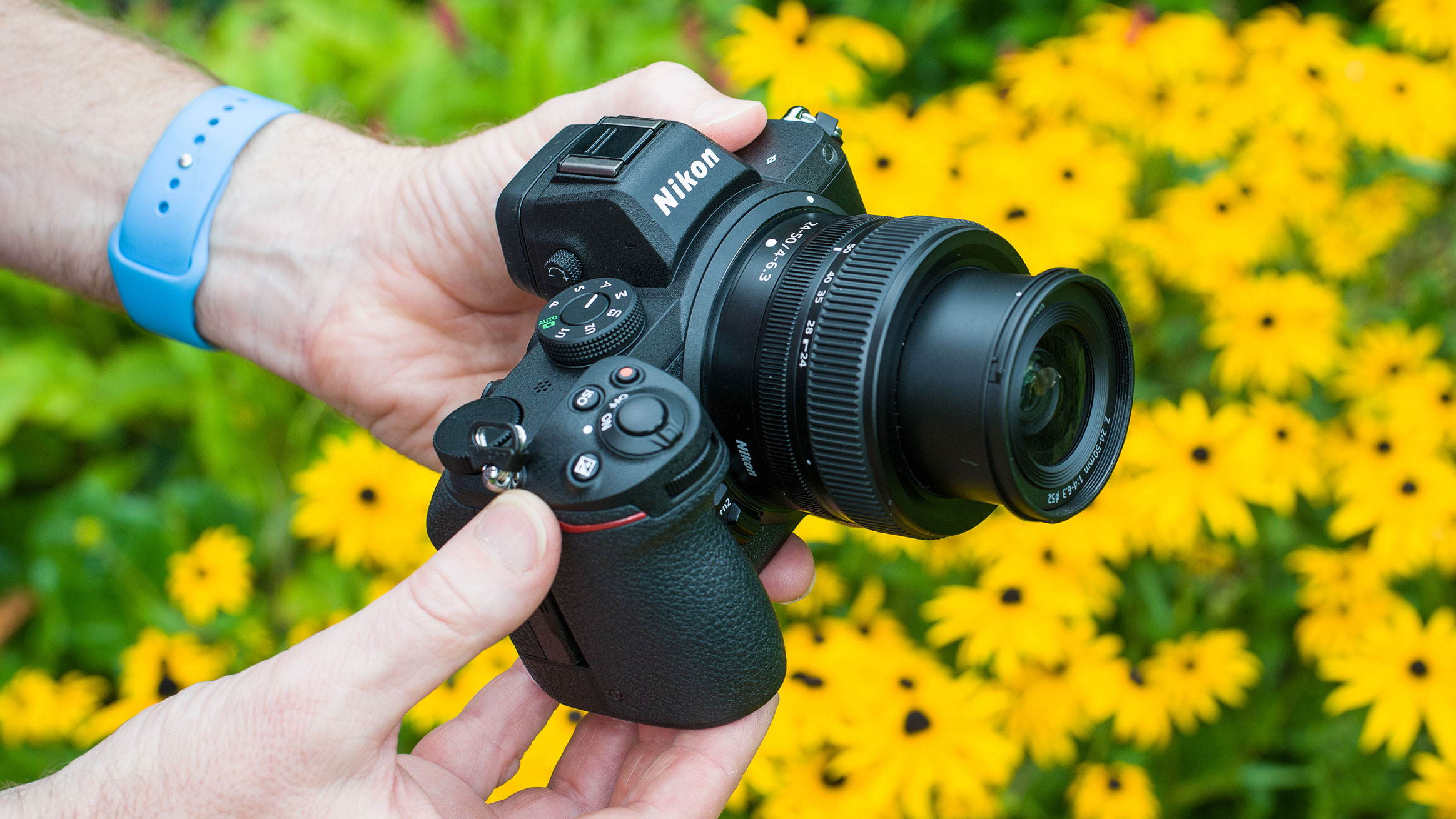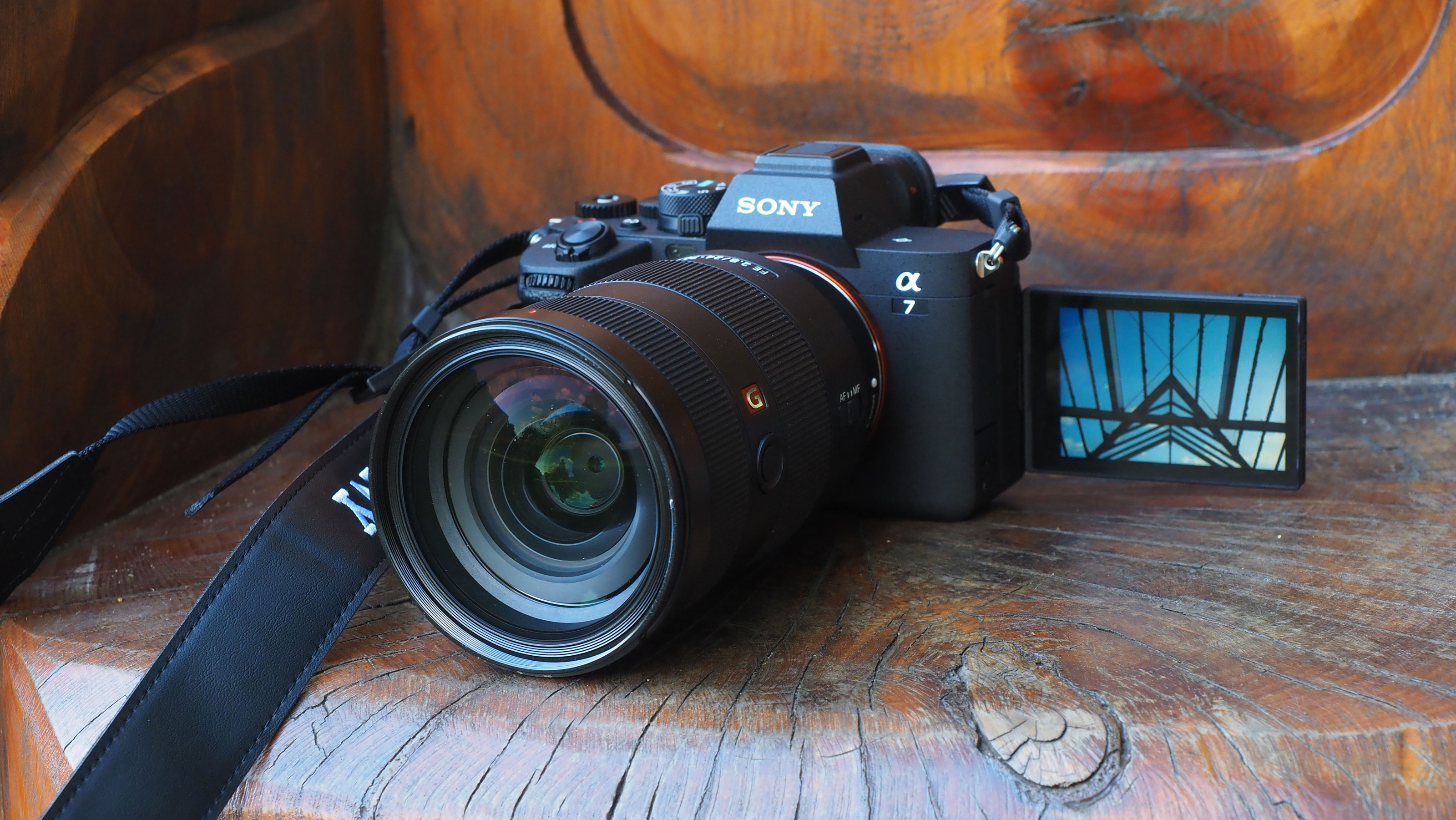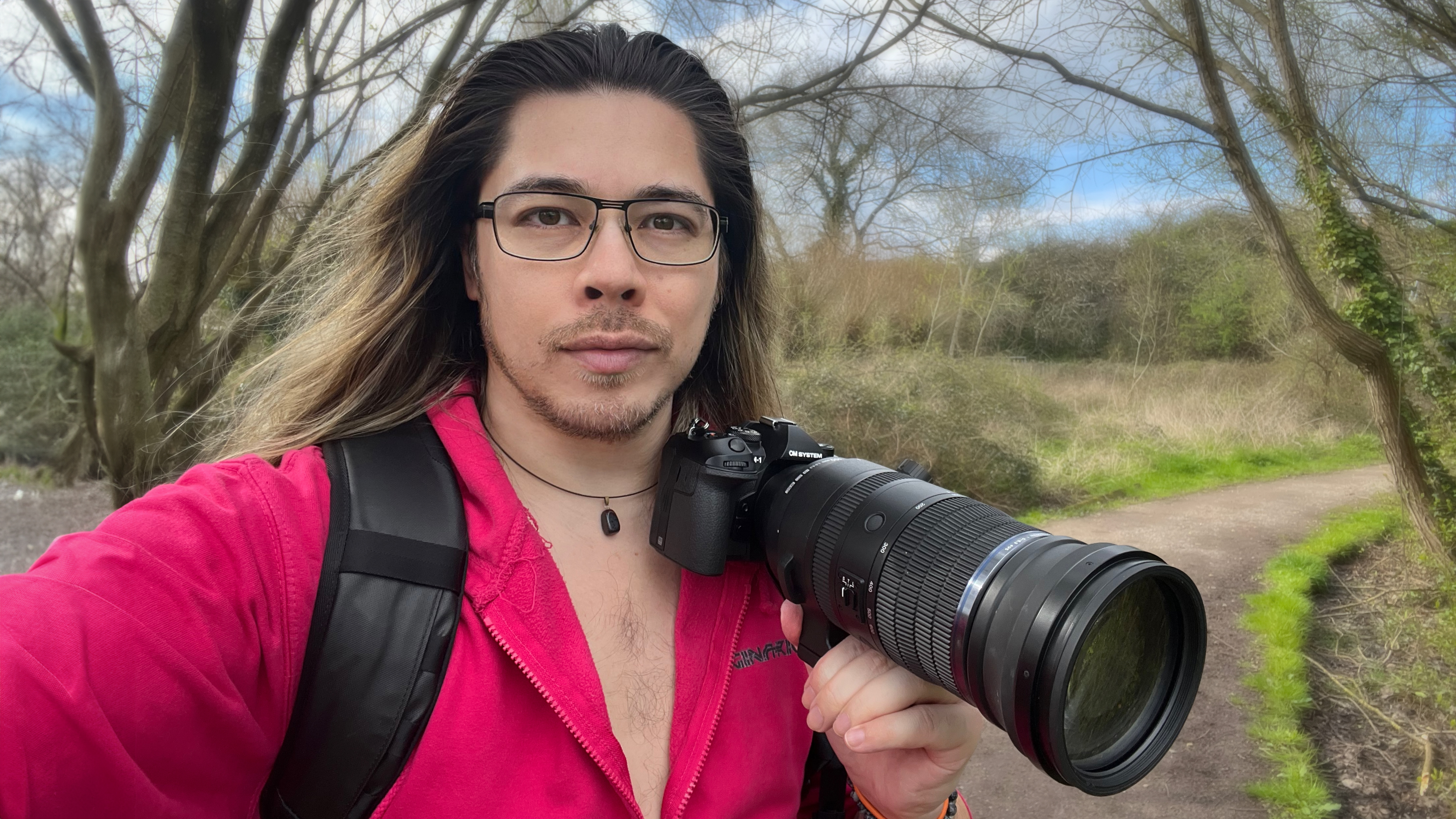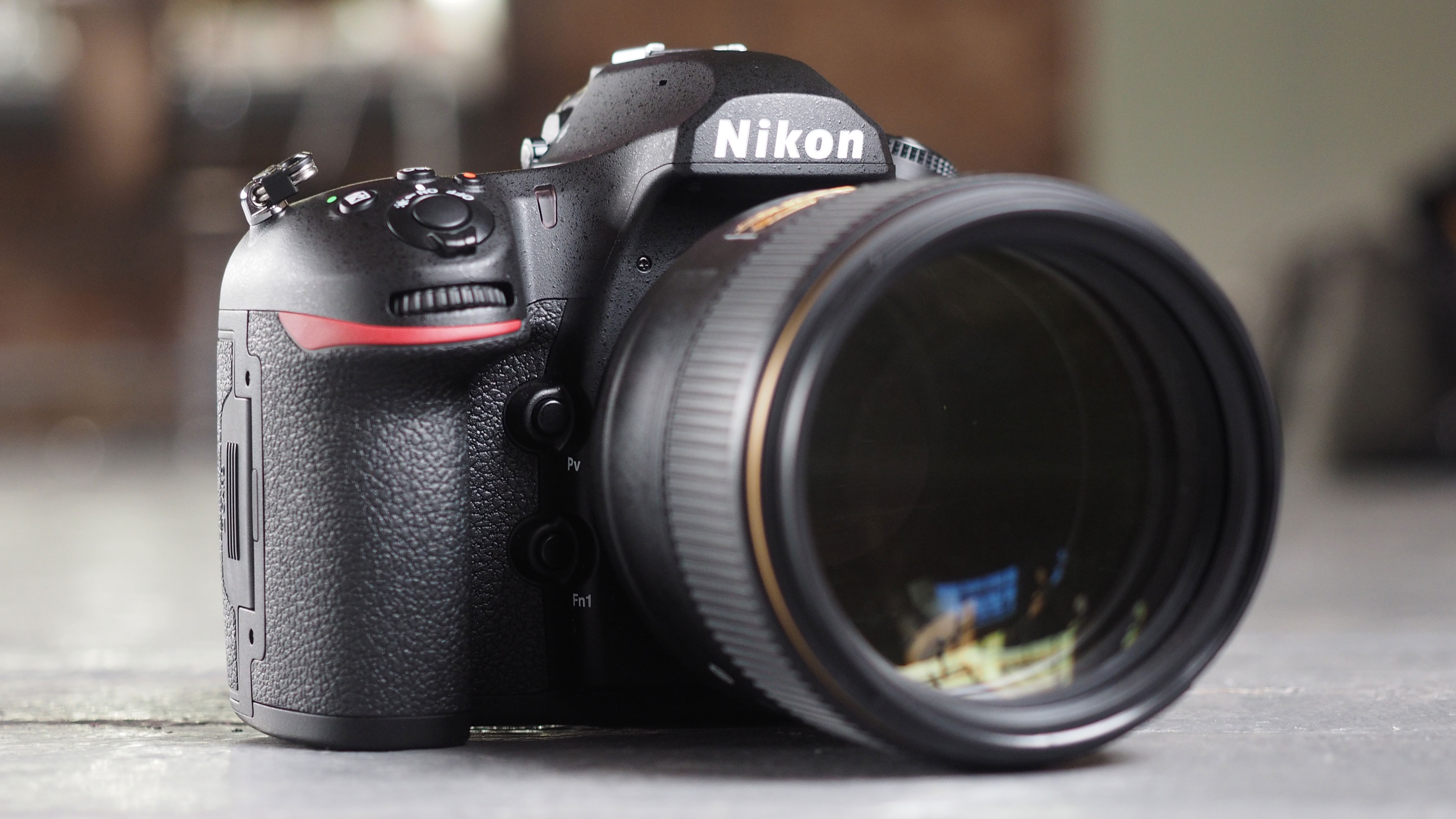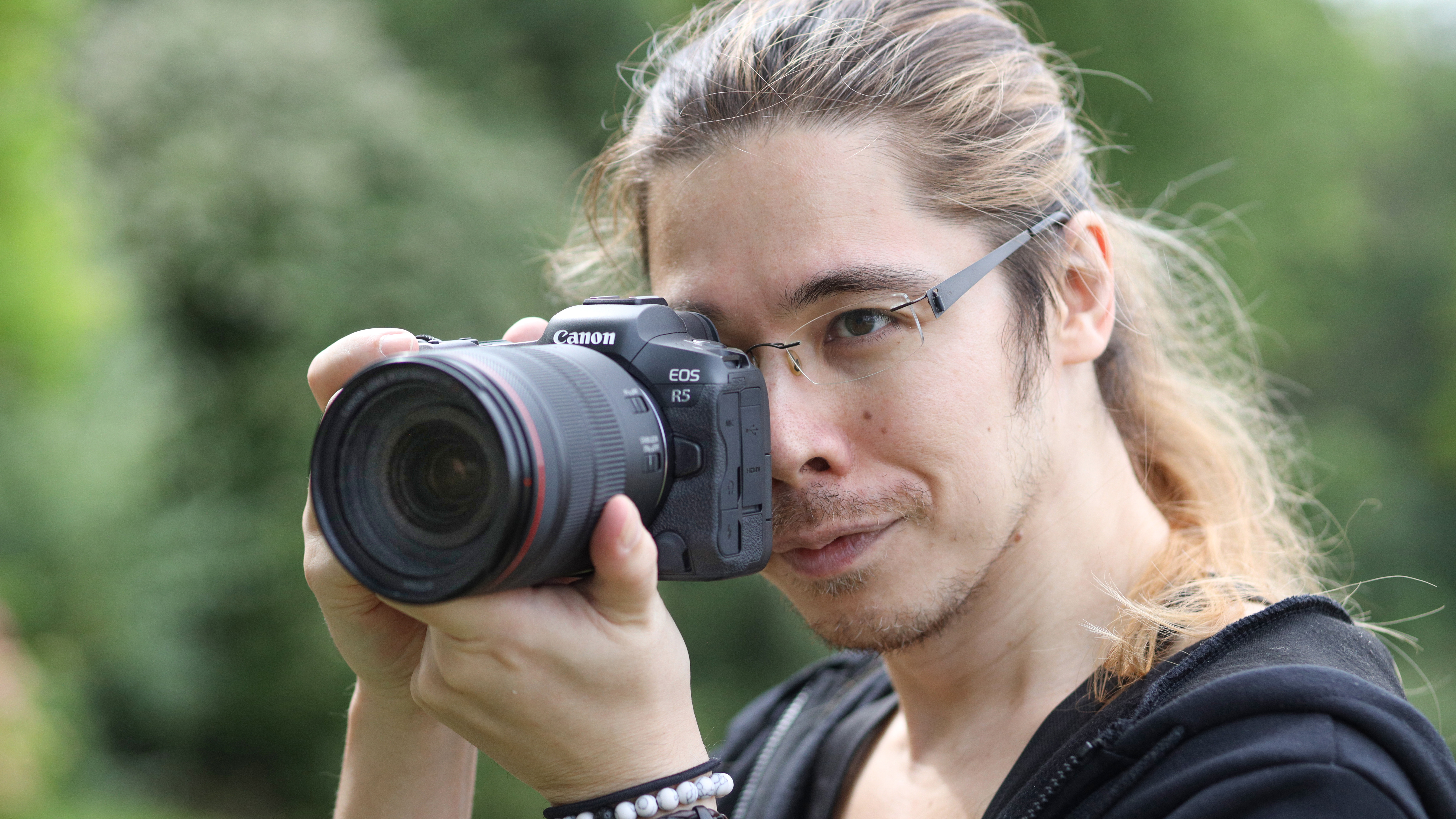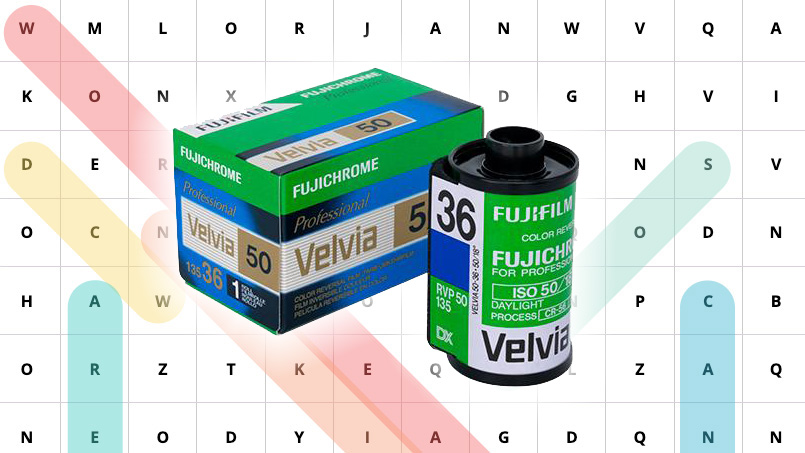The best cameras for wedding photography in 2025: top kit for the big day
The best cameras for wedding photography need solid sensors, dual memory card slots and eye detect AF

If you’re serious about photographing weddings, finding the best camera for wedding photography is essential. Wedding days are full of unmissable moments – it’s one of the highest-pressure forms of photography there is. Trust me, I speak from experience when I say that you need the right kit.
This guide includes my top recommendations for shooting weddings, based on my own experience. I prioritize models that allow for fast, quiet shooting over extended periods. Having a silent shooting mode is crucial, especially during ceremonies, and you’ll also need fast and accurate autofocus, particularly in low-light conditions. The extra insurance of a second card slot can also be a lifesaver.
The good news is that you don’t have to pay over the odds to get all these features, as it’s not just high-end professional cameras that fit the bill. While my top pick, the Canon EOS R5 Mark II, is definitely an expensive top-of-the-line camera, many of the other options on my list are considerably more affordable.
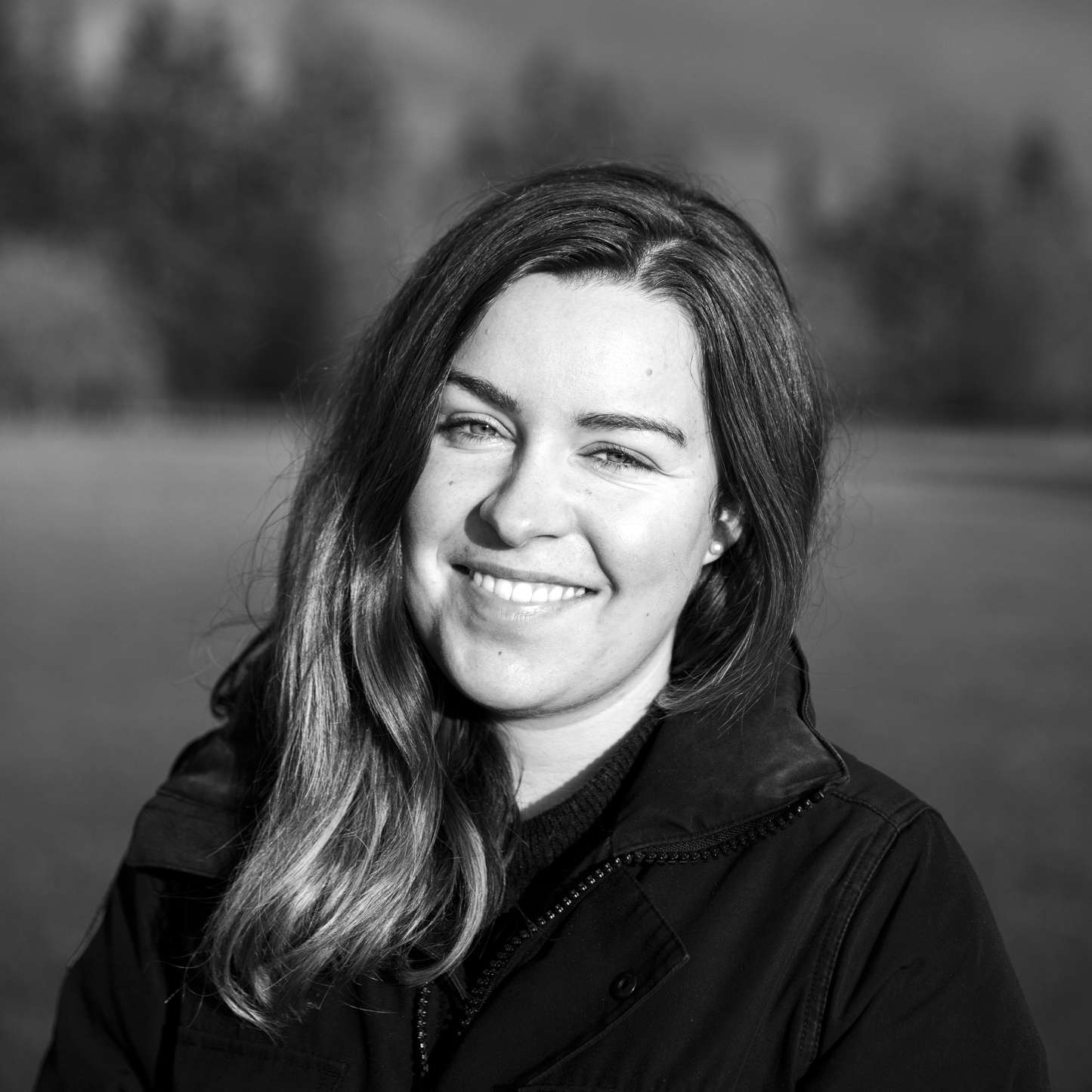
Lauren is a writer, reviewer, and photographer with ten years of experience in the camera industry. She's the former Managing Editor of Digital Camera World, and previously served as Editor of Digital Photographer magazine, Technique editor for PhotoPlus: The Canon Magazine, and Deputy Editor of our sister publication, Digital Camera Magazine. She has also shot her share of weddings, and lends her expertise to this guide.
The Quick List
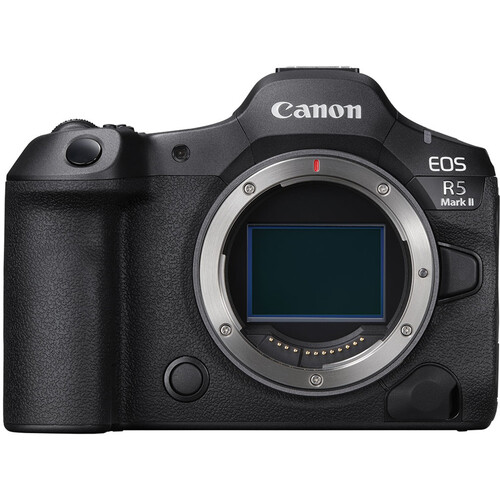
The Canon EOS R5 Mark II is expensive, but class-leading in so many ways, with one of the most capable autofocus ever devised, and 45MP full-frame quality that can be further upscaled in-camera.
Read more below
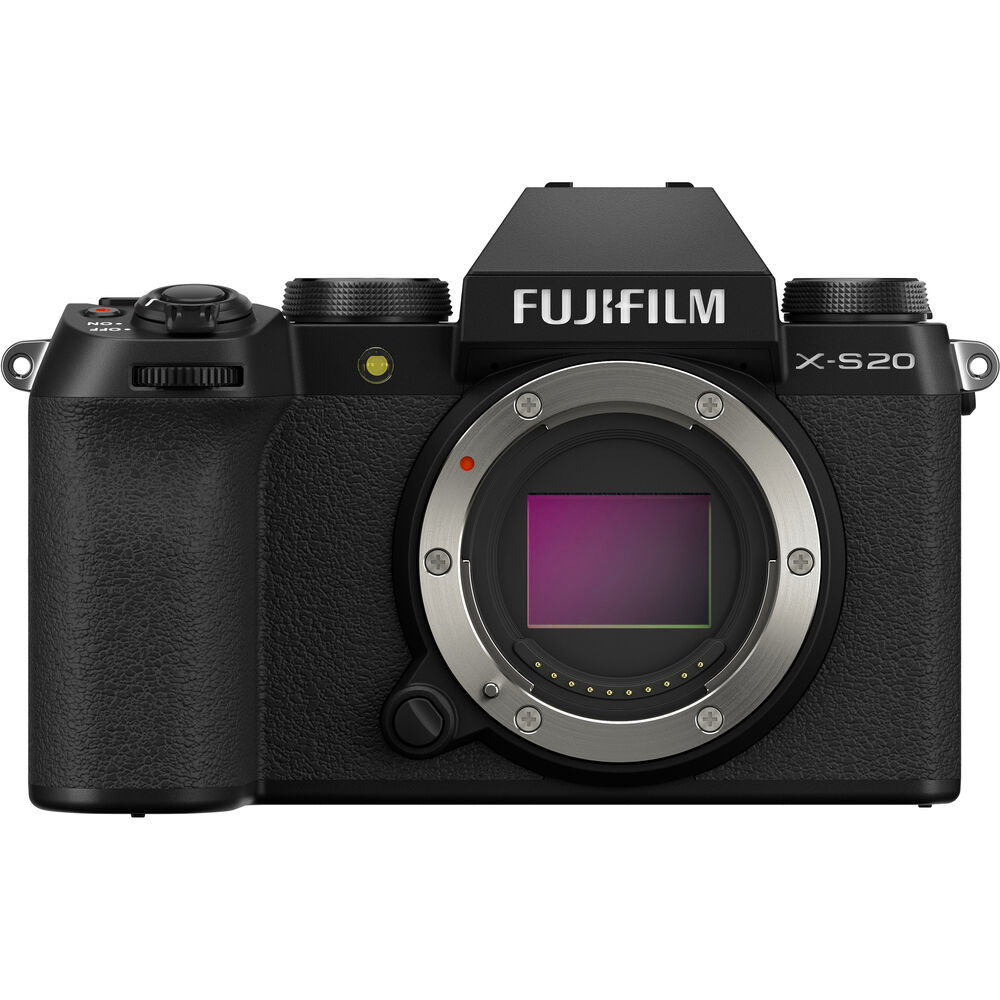
Fujifilm's powerful APS-C hybrid is eminently capable for wedding photos and videography, with 6K open gate footage and heaps of codecs. It's priced well for beginners or the budget-conscious.
Read more below
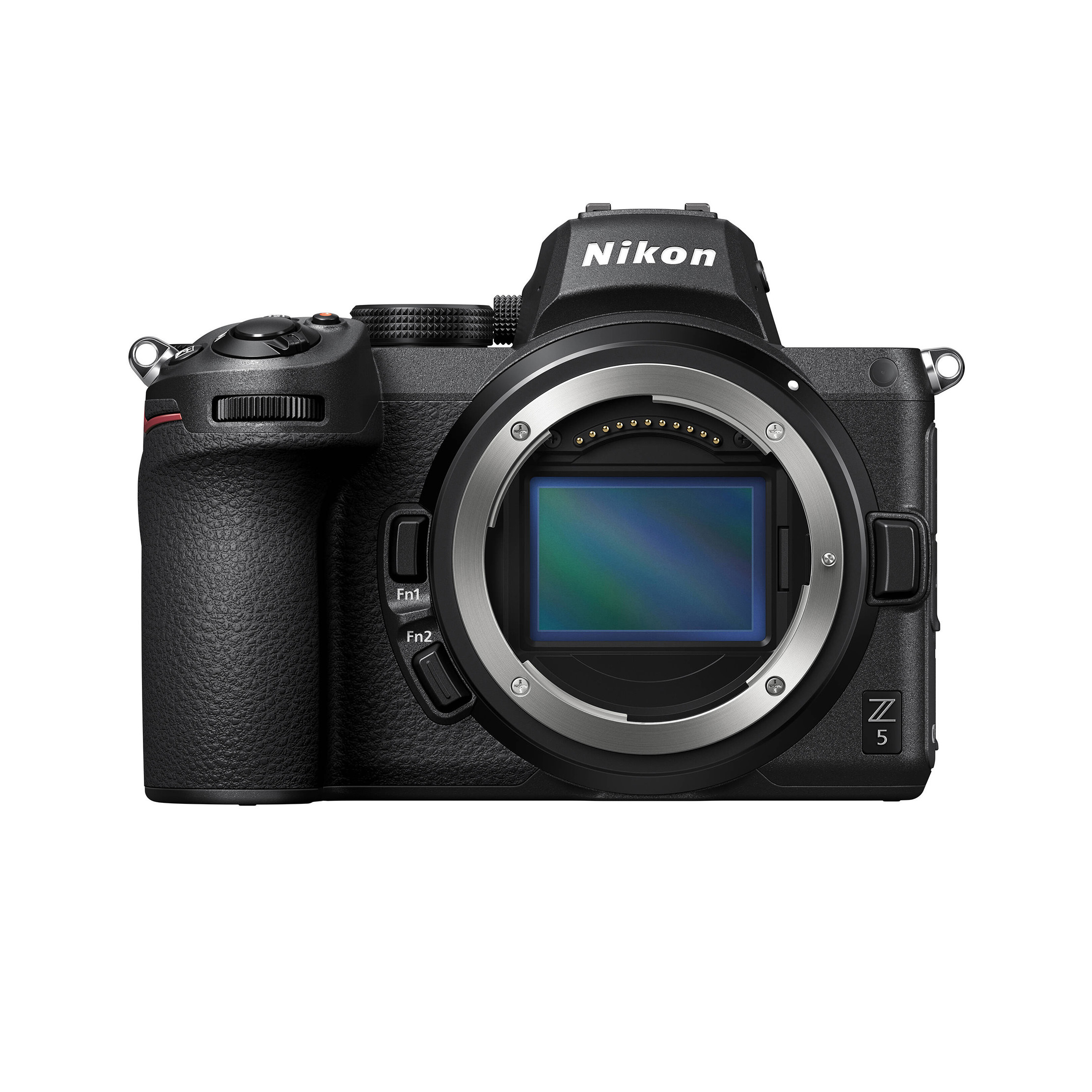
The Z5 gives you full-frame mirrorless for an affordable price, with a natural-looking EVF, reliable handling, and access to a wide range of Nikon's Z-mount lenses.
Read more below
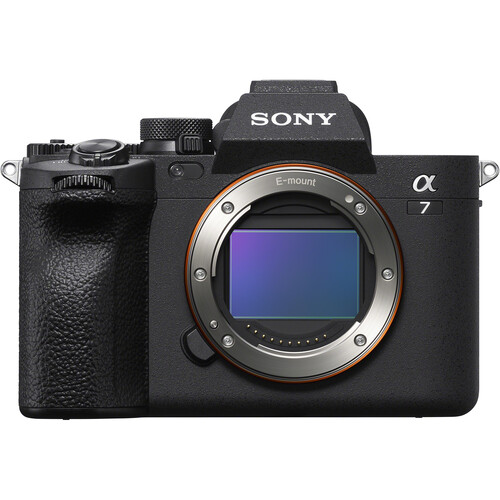
The A7 IV is the best all-around package for hybrid wedding photographers; a full-frame mirrorless with a sweet spot 33MP sensor, 10 fps, vari-angle touch screen, and 4K60p video.
Read more below
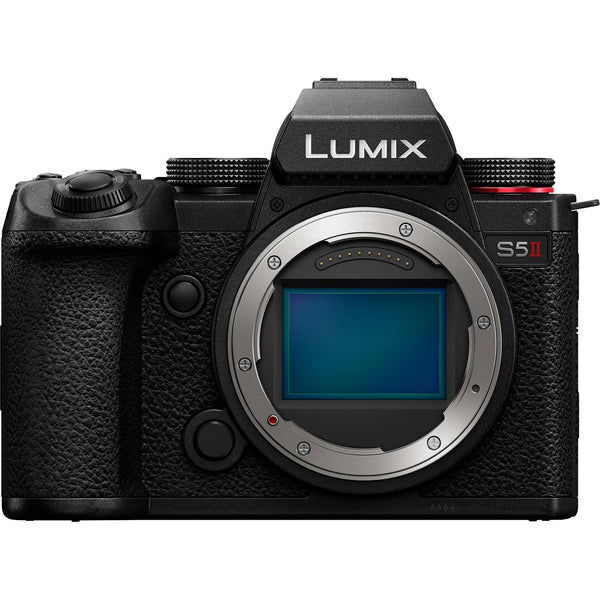
The Lumix S5II is the best hybrid camera in the lineup if you're shooting stills and video for weddings and need a competitively-priced option.
Read more below
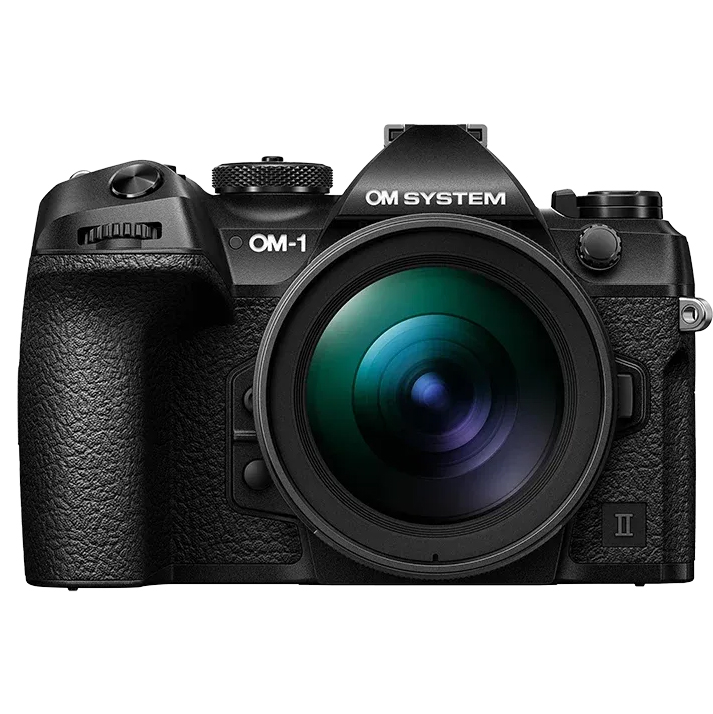
This Micro Four Thirds camera is packed with technology and blazing specs and is weather-sealed to an impressive degree. Its fast burst shooting and clever built-in ND filters make it a pro powerhouse.
Read more below
Load the next products ↴
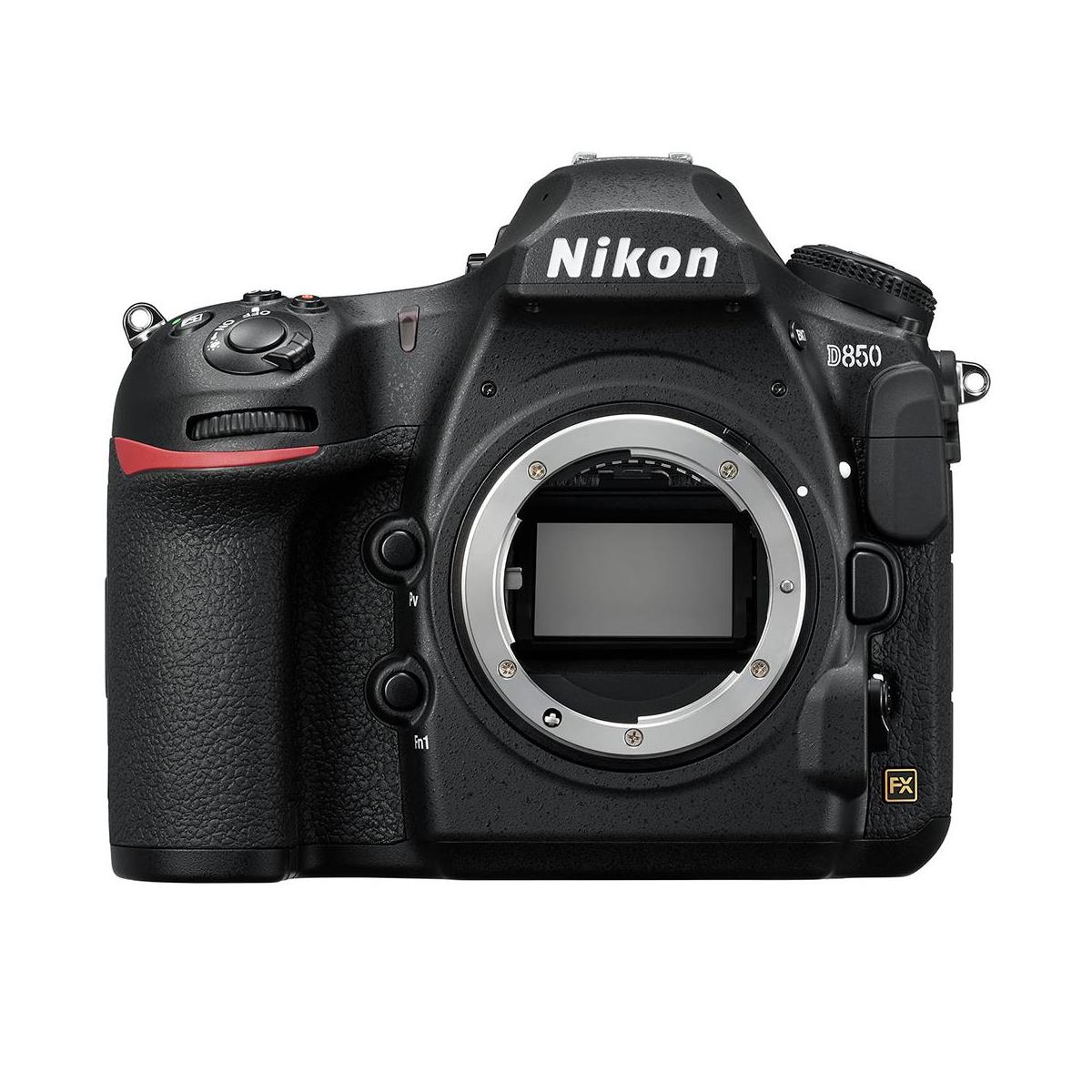
It's not new, and it's not particularly light, but the D850's handling and image quality are still hard to beat. If you're a pro who prefers the robust build of a DSLR, Nikon's incredibly fast camera could serve you well.
Read more below
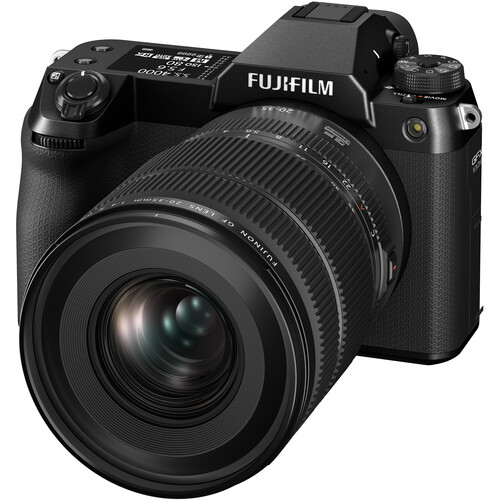
The 100S II will take some skill to use, but it's capable of the most stunning imagery on this list. With a gorgeous 102MP sensor, it gives you huge resolution at an affordable price.
Read more below
The best cameras for wedding photography
Why you can trust Digital Camera World
Best professional
Specifications
Reasons to buy
Reasons to avoid
✅ Advanced AF system Registered Person Priority and eye-detection make it simple to get the critical shots you need.
✅ In-camera upscaling You can push the already high resolution still further with AI-powered upscaling.
❌ Large file sizes for both stills and videos (especially 8K) require significant storage capacity and powerful hardware for editing, adding to post-production workflow costs.
❌ Expensive This is a pro-priced camera, though I’d say it’s worth the asking price.
The original Canon EOS R5 was very nearly the ultimate camera for professionals, being particularly potent for weddings. But I think the EOS R5 Mark II goes one better. If you’ve already got an EOS R5 I don’t necessarily think you need to rush to upgrade, but if you’re looking for a new professional camera for weddings, the EOS R5 Mark II is quite simply the best you can get.
You don’t just get to shoot 45MP images at 30fps with full autofocus – you get to shoot them with Dual Pixel Intelligent AF, which is the new standard by which autofocus systems will be judged. It’s not only smart enough to pick out human faces, it can also be programmed with Registered Person Priority to pick out specific individuals, like a bride and groom, and its Eye Detect AF ensures that the point of focus is always exactly where you want it. It’ll lock on in even extremely low light, which is vital for crucial moments like the first dance,
I used the previous EOS R5 for more than five weddings, and the EOS R5 Mark II is a bigger, better and more sophisticated version of it. It does everything. If you need more resolution, you can take advantage of next-generation features like in-camera upscaling. If you want video, you’ve got 8K at your disposal, without the crippling recording limits of the first R5. In his review, James called it the best camera he’s ever used, and believe me he has used a lot of cameras. The Canon EOS R5 Mark II is expensive yes, as are the best Canon RF lenses, but it's quite simply a hell of a camera.
Read our full Canon EOS R5 Mark II review
Best entry-level
Specifications
Reasons to buy
Reasons to avoid
✅ Affordable: Great entry-level option for those just starting in wedding photography offering professional features without the high price tag.
✅ Battery Life: Can capture up to 800 frames on a single charge, reducing the need for frequent battery swaps during a full-day wedding event.
❌ Single Memory Slot: this could be a deal-breaker for some photographers who prefer to have dual card slots for backup purposes in case of card failure during a wedding.
❌ Lens Choices for Specialized Shots: there are many lenses in the X-mount lineup, you may find fewer options compared to full-frame systems,
If you're shooting your first few weddings or working as a second shooter for an established professional, the X-S20 is a great entry-level option. In our review, we praised its straightforward controls, excellent fully automatic modes, and its small and compact size. Of course, I wouldn't recommend the X-S20 if it couldn't handle the demands of a wedding. It builds on the success of the X-S10, with the same 26MP resolution but a processor and battery from Fujifilm’s flagship Fujifilm X-T5 and Fujifilm X-H2. The result is a compact camera with phenomenally fast subject recognition and tracking.
Another standout feature for weddings is the X-S20's enhanced battery, which Fujifilm claims can capture 800 frames on a single charge. Wedding pros always have plenty of spare batteries, but it's nice to know that you'll be swapping out the battery less often throughout the day. The 5-axis in-body image stabilization (up to 7 stops with compatible lenses) is on par with most of the options in this guide, and it gives you more leeway against camera shake in low light.
Despite the bigger battery, the X-S20 is lightweight at just 491g, and one of the most compact in this guide, yet there's still a comfortable handgrip and sensible button layout. The APS-C sensor and single memory slot might be a deal breaker for you. But if you're happy to live with just one SD card, the X-S20 is the ideal budget camera for wedding photography, along with Fujifilm's huge range of X-mount lenses.
Read our full Fujifilm X-S20 review
Best value full-frame
Specifications
Reasons to buy
Reasons to avoid
✅ Dual card slots: allow for instant backups, ensuring images are protected from card failure—an essential feature for professional wedding photographers.
✅ Great value: for a full-frame mirrorless camera, making it ideal for wedding photographers on a budget who want the benefits of full-frame quality.
❌ Lacks a top display panel: which some photographers rely on for quick settings checks. This is replaced by a mode dial, reducing ease of access to key settings.
❌ maximum burst rate of 4.5fps: the Z5 may not be fast enough for capturing fast-moving moments compared to higher-end cameras, which may offer more frames per second.
Nikon's entry-level full-frame mirrorless camera is incredible value if you're shooting weddings on a budget. Limitations come with its price, such as a maximum continuous shooting speed of 4.5fps, but this should be enough for most wedding scenarios. It has a 24.3MP CMOS sensor that not only captures beautiful, color-accurate photos but it can also shoot 4K video – all with that full-frame fidelity and cinematic depth of field.
The Z5, unlike other full-frame Z cameras, doesn't have a top display panel, and its position is taken up by the camera's mode dial. Being smaller physically, it lacks the array of buttons that the Nikon D850 has for changing settings without having to delve into menus. Otherwise, it handles very well, and I'm pleased that the Z5 has dual UHS-II slots so your images can be safely backed up on the second in case of a card failure.
The 273-point hybrid autofocus system is also fast and accurate, and eye autofocus makes sure your wedding portraits and walks down the aisle are always in focus. It's lightweight, while weather sealing is important for weddings that take place outside in rainy weather. If you're coming from a Nikon DSLR, the Z5 is a great choice since the Nikon FTZ adapter means you can use your existing (and cheaper) Nikon F mount lenses. While Nikon has since released the Z5 II, I'm sticking with the original Z5 for now as my budget choice – while the sequel is great value, this original is still available and significantly cheaper.
Read our full Nikon Z5 review
Best all-rounder
Specifications
Reasons to buy
Reasons to avoid
✅ 33MP sensor: delivers excellent image quality, providing more detail than other cameras in its price range (typically 20-24MP), ideal for producing high-quality wedding albums and large prints.
✅ Advanced Autofocus: state-of-the-art autofocus system ensures accurate focus, making it easy to capture fast-moving subjects like the couple’s first dance
❌ No Fully Articulating Screen: The screen is tiltable but not fully articulating, which can limit flexibility when shooting from unusual angles
❌ Complex Menus: menu system can be complicated to navigate, especially for users new to Sony’s ecosystem.
I loved and used the Sony A7 III for years, but impossibly, I love the Sony A7 IV even more. I'd recommend it wholeheartedly to wedding pros who don't want to spend quite as much as a flagship camera like the Canon EOS R5 but need an all-rounder to go between video and stills.
Our reviewer found the A7 IV to be a powerful hybrid model. "Stills photographers can revel in its 33MP resolution and incredible burst mode, while videographers get a camera that leaves the previous A7 III far behind." The A7 IV has state-of-the-art autofocus, a massive buffer depth, and dual card slots (as you'd expect). Image quality is excellent and visibly better than the 20-24MP rival cameras in this price bracket, and Sony has possibly the biggest range of third-party and own-brand lenses to choose from.
One downside is Sony's image stabilization, which can lag behind rivals. Static shooting is perfect, but for run-and-gun style filming you'd be wise to use a gimbal. The menus can also be quite complex to set up and use, but if you're coming from another Sony model, the settings and controls are a logical extension of what you already know.
Read our full Sony A7 IV review
Best hybrid

Specifications
Reasons to buy
Reasons to avoid
✅ Phase Detection Autofocus: Improved autofocus brings the S5 II in line with other top hybrid cameras, solving previous issues with Panasonic's focus system and making it much more reliable for wedding photography
✅ Excellent Video Features: A true video specialist, capable of shooting 6K video with full-sensor readout and 10-bit color (including 4:2:2 C4K/4K 60p), making it ideal for high-end wedding videography.
❌ No CFexpress Slot: Lacks a CFexpress card slot, which means it may not be able to handle the highest-resolution video recording or faster data transfer speeds needed for intensive workflows,
❌ Battery Life: The battery life may not last as long as competing models when shooting continuously, especially in 6K or high-resolution video modes
In the past, I've found it hard to recommend Panasonic's Lumix line-up to wedding photographers because of its focusing abilities. However, the addition of phase detection autofocus brings the S5 II right in line with some of the best hybrid cameras money can buy. It's becoming increasingly common for wedding photographers to shoot both stills and video simultaneously. If that's you, the S5 II has you covered for a very reasonable price.
In our review, we loved the S5 II's tough and compact frame, 5-axis in-body image stabilization, and excellent color science. You get two SD UHS II card slots, although there's no CF Express slot to handle the highest-resolution video recording (6K with a full-sensor readout at 29.97, 25, 24 or 23.98p).
Its active image stabilization utilizes the power of an entirely new image processor, and deploys algorithms that can detect and anticipate camera motion - it becomes particularly effective when you're moving for run-and-gun footage, then. The S5 II is a video specialist, and almost all of its extensive recordable video formats can be captured with a maximum of 10-bit color, including 4:2:2 10-bit C4K/4K 60p video, without any video recording limits. If you're already a wedding videographer or looking to offer more video for clients, the S5 II can produce incredibly high-end results.
Read our full Panasonic Lumix S5II review
Best Micro Four Thirds
Specifications
Reasons to buy
Reasons to avoid
✅ Compact & Lightweight: the small and lightweight design makes it one of the most portable options for wedding photographers, reducing fatigue during long shooting sessions.
✅ Greater Depth of Field in Low Light: The Micro Four Thirds sensor’s 2x crop factor allows for a larger depth of field, making it easier to keep both the bride and groom in focus in low-light scenarios like church ceremonies.
❌ Conservative Resolution: The standard 20.4MP resolution may feel limited for photographers who prioritize high-res images, especially when compared to full-frame cameras offering 45MP or more.
❌ Less Popular Among Pros: The Micro Four Thirds format is less popular among professional wedding photographers, and may not be seen as a "go-to" for high-end wedding work.
Wait a minute – aren't Micro Four Thirds cameras just toys, that aren't suitable for professional use? Not quite. One of its most criticized characteristics – the fact that its 2x crop factor sensor gives you twice the depth of field – is an overt strength for wedding photography.
When you're shooting in low light on a full-frame camera (such as a church ceremony) and you open your aperture, your depth of field is so thin that it's a struggle to get more than one subject (like the bride and the groom!) in focus. However, because a f/1.8 aperture on the OM-1 Mark II gives you results more like an f/3.6, you get double the depth of field – and, thus, more of your subjects in focus when shooting in low light. The compromise, of course, is that you have to work a bit harder to get a shallow depth of field.
The OM-1 Mark II is my MFT pick for wedding photography. It's a clever refinement of what was already a very good camera, the original OM-1, and it brings smart features to the game that can make a real difference. The built-in ND and GND filters can be just what you need to control exposures on glaringly sunny wedding days when everybody is outdoors. And then, once the evening starts and the light gets low, the 8.5 stops of stabilization help you keep on getting sharp shots with slower shutter speeds. The ultra-fast burst modes also now have an extra deep buffer, meaning you can thoroughly protect yourself against missing the crucial moment.
Read our full OM System OM-1 Mark II
Best DSLR
Specifications
Reasons to buy
Reasons to avoid
✅ High-Resolution 45MP Sensor: The 45MP full-frame sensor captures stunning detail, making it perfect for wedding photos, especially when trying to preserve intricate textures like the bride's dress.
✅ Impressive Shooting Speed: A 7 frames per second (fps) burst rate (which can go up to 9fps with an optional battery grip) is fast enough to capture action shots without missing any key moments.
❌ Heavier Compared to Mirrorless: The D850 is heavier than most modern mirrorless cameras, which could be tiring during long wedding shoots or when carrying multiple lenses.
❌Limited Video Capabilities: While the D850 can shoot 4K video, its video features are not as advanced as some modern mirrorless cameras that offer more cinematic video capabilities
In a world of advanced mirrorless cameras, the D850 might feel a bit behind the times, but that feeling will change once you start shooting with it. It's one of the best (if not the best) DSLRs ever made, and the perfect do-it-all camera for wedding photography if you like the form factor.
The excellent 45MP full-frame sensor with a broad dynamic range helps you to get every bit of detail from the bride's dress, and the advanced 153-point AF can handle moving subjects with ease. It maintains a shooting speed of 7 frames per second (or 9 frames per second with the optional battery grip). Even without the grip, the D850 has an impressive battery life of 1840 shots, surpassing almost all mirrorless competitors.
The D850 is heavy compared to mirrorless rivals – and even the medium format Fujifilm GFX 100S below. However, this compact size is advantageous when using large, heavy lenses – a factor often overlooked by compact mirrorless users. And as a DSLR it has a bright, clear optical viewfinder, which is still preferred by many photographers over digital displays. With a durable weather-sealed build it should last you years. It's a modern classic.
Read our full Nikon D850 review
Best for resolution
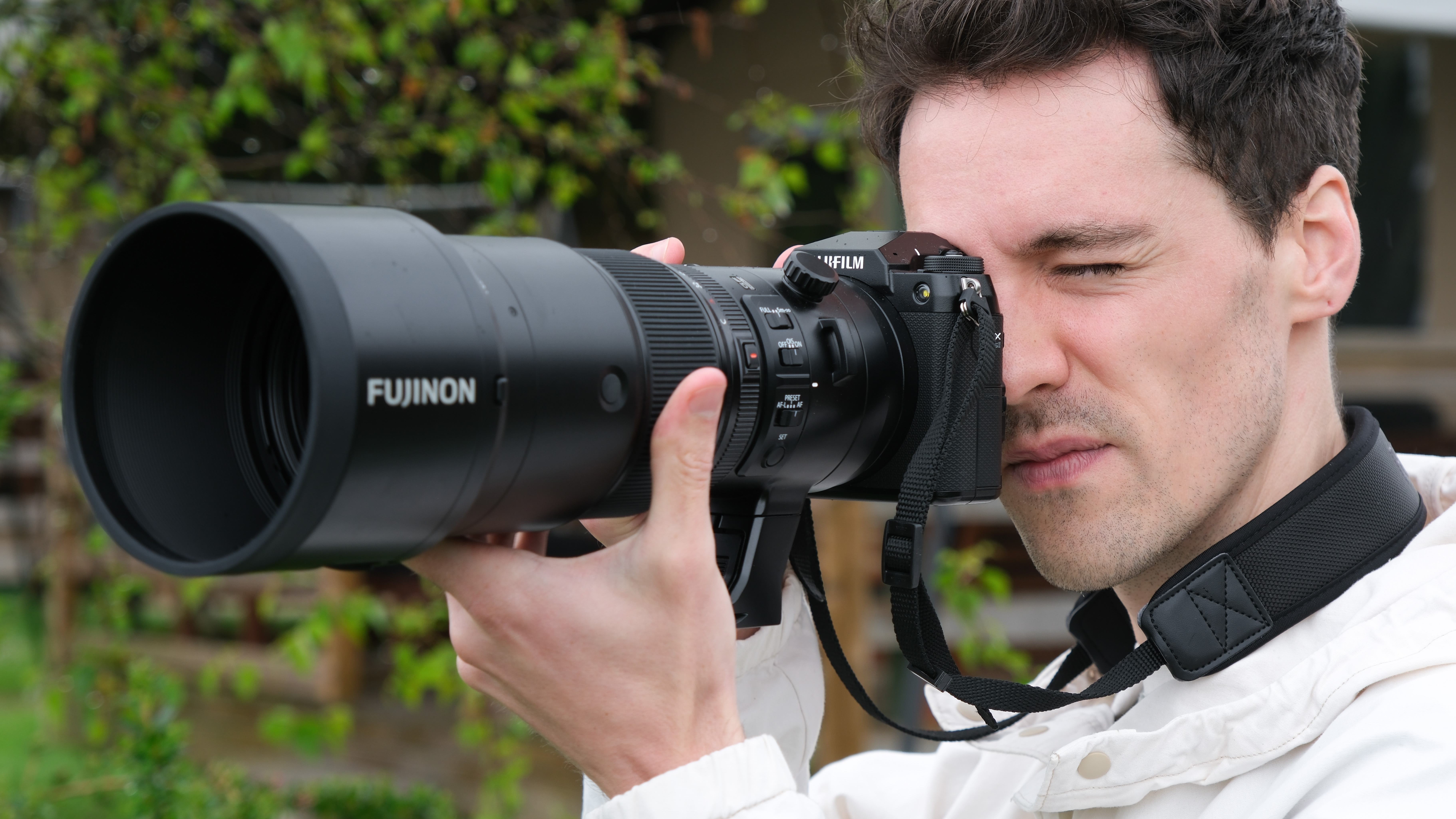
Specifications
Reasons to buy
Reasons to avoid
✅ Exceptional Image Quality: Breathtaking image quality with superior color depth, clarity, and detail that surpasses most full-frame cameras, making it ideal for capturing stunning, high-quality wedding photos.
✅ Relatively Light On Its Feet: Medium-format used to be prohibitively heavy, but the GFX 100S II is no different in bulk to a high-spec full-frame camera.
❌ Large File Sizes: The 102MP images produce massive file sizes, requiring high-capacity memory cards and a powerful computer for post-processing
❌ Poor Battery Life: Our review found that it's easy to churn through the GFX 100S II's battery in a matter of hours. For a day's wedding, spares are a must, and you may not want that extra stress.
A few years ago, I wouldn't have dreamt of recommending a medium format camera for wedding photography. They were heavy, slow, and rightfully required a careful rather than a run-and-gun shooting approach. However, Fujifilm’s medium format GFX series has well and truly changed the game. The GFX 100S II is the lightest camera yet – at 883g, it’s lighter even than some full-frame cameras, well and truly disproving the notion of medium-format being too unwieldy and bulky for wedding photography.
The biggest draw of this camera is, of course, its image quality. That large 102MP sensor gives you incredible amount of leeway for cropping into images and producing large prints, not to mention that elusive medium-format ‘look’ that’s just impossible to replicate. Its noise control is beyond reproach – it’s the only camera on this list that does better in this regard than the EOS R5 Mark II. It does, of course, produce huge file sizes, so you’ll need big beefy cards and a powerful computer to work with your images.
Speeds of the camera have also been improved since the original GFX 100S. The 5fps burst rate has now been upped to 7fps, which is far from the fastest on this list, but is still eminently workable. In general, you will need a bit more skill to shoot weddings with the GFX 100S II than other cameras on this list, but your reward will be absolutely breathtaking image quality, colour and clarity. And hey, skill is why your clients hire you, right?
I’ll let Gareth’s five-star review of this camera have the last word: “I am just blown away by the capabilities of a 102MP large sensor. Photos are pin-sharp, and the ability to crop into the smallest details is unreal. Any pro photographers about to click buy on a new full-frame camera should seriously consider the GFX 100S II as an alternative.”
Read our full Fujifilm GFX 100S II review
How to choose the best camera for wedding photography
To find the perfect wedding camera, ask yourself what level you're at now and where you'd like to be in the future. There's no point spending thousands on a camera with class-leading video if you'll only ever shoot stills. But equally, you don't want to buy an entry-level camera only to outgrow it in a year or two. I always recommend getting the "best" camera you can for your budget at the time.
What are you going to use your camera for? In today's competitive industry, wedding photographers often shoot stills and video to offer their clients more value. But if you only take photos, focus on the image quality rather than getting bogged down in video specs. When the sensor has a higher megapixel point, that will give you bigger photos and room to crop in if needed, but you'll also have bigger image files to deal with and will need bigger memory cards to store them on.
A full-frame sensor will give you the best performance in low light, but a smaller APS-C sensor will bring the price of the camera down for beginners. The smallest Micro Four Thirds sensors also have the advantage of a 2x crop rate, effectively turning a 50mm into a 100mm lens.
At weddings, people don't stay still for long. The most important thing to look for is a camera with fast, accurate autofocus performance so you can capture spontaneous moments in sharp detail. All of the cameras here have advanced autofocus modes, with features like eye detection to track the bride and groom as they move the frame.
If you are a wedding videographer or shoot in a hybrid way, look for 4K footage as a minimum, preferably with unlimited recording times so that you can record speeches and the ceremony in one go. Built-in image stabilization is important if you're shooting handheld rather than on a gimbal or tripod.
All of the cameras in this guide are interchangeable lens cameras, but each will have its own mount and lens range to consider. Currently, Canon only lets you use its own lenses (not necessarily a problem when they're as good as they are), whereas Sony has opened up its mount to third-party manufacturers, giving you a range of options even at the same focal length.
If you're going between a few models on this list, check out the full reviews featured in this guide. Our experts have tried and tested all of the cameras in real-life situations to bring you honest strengths and weaknesses and help you make a decision.
Do you need a full frame camera for wedding photography?
While many professionals use full frame cameras, this is by no means a necessity. Full frame sensors tend be higher resolution, have better dynamic range, and produce cleaner results at high ISOs. They are also physically bigger, and thus balance better with larger lenses.
However, APS-C (and Micro Four Thirds) cameras have made enormous strides in all those departments. They are physically smaller and lighter, with accordingly smaller and lighter lenses, and are more affordable.
Do wedding photographers need two cameras?
Two cameras isn't a requirement, but it is a very good idea! Having two bodies – usually identical ones – obviously gives you a backup in case one should malfunction or be stolen. It also enables you to have different lens options – like a zoom lens on one and a portrait or macro on the other – available in an instant without having to keep swapping lenses and missing those precious moments.
The same applies if you shoot video as well as stills – obviously you can opt for one of the best hybrid cameras, but having one dedicated to photo and another for video enables you to switch between bodies rather than having to fiddle with all the settings back and forth on a single camera.
Is 24MP enough for wedding photography?
Depending on how you shoot, 24MP is more than enough – indeed, one of our recommendations is the 20.1MP OM System OM-1, which again is more than enough to shoot a wedding.
The question really is whether you're using the correct lenses, and how good are you at composing images. If you habitually shoot images too wide (either because you don't have a long enough lens or your composition isn't up to snuff), then you'll need more megapixels so you've got room to crop into your shots.
And of course, if you're a wedding photographer who produces really giant prints then yes – more megapixels will definitely behoove your business.
How we test cameras for wedding photography
We put the best cameras for wedding photography through rigorous evaluations encompassing real-world shooting conditions as well as meticulously controlled laboratory settings. Our comprehensive tests delve into key aspects such as resolution, dynamic range, and signal-to-noise ratio, vital in gauging camera performance.
To evaluate resolution, we employ ISO resolution charts, meticulously assessing the camera's ability to capture fine details. The dynamic range, a pivotal metric, is determined using specialized DxO Analyzer test equipment. Additionally, our analysis includes a meticulous examination of noise levels across the camera's ISO range, performed using DxO Analyzer.
These in-depth real-world assessments and lab-generated data serve as the cornerstone for our insights and recommendations featured in our buying guides. For a deeper understanding of our testing and reviewing methodologies, explore the detailed breakdown of how we test cameras at Digital Camera World.
The best camera deals, reviews, product advice, and unmissable photography news, direct to your inbox!
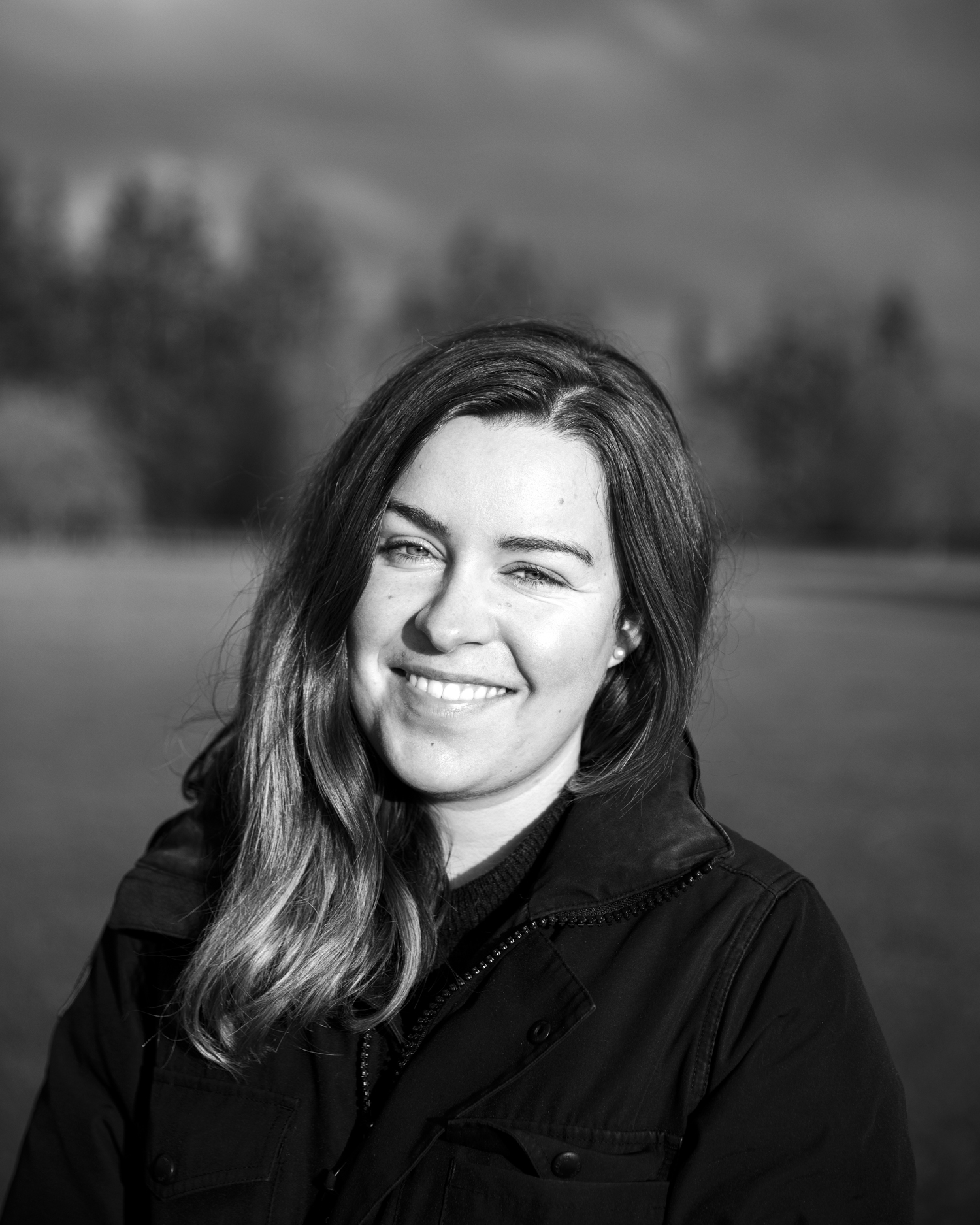
Lauren is a writer, reviewer, and photographer with ten years of experience in the camera industry. She's the former Managing Editor of Digital Camera World, and previously served as Editor of Digital Photographer magazine, Technique editor for PhotoPlus: The Canon Magazine, and Deputy Editor of our sister publication, Digital Camera Magazine. An experienced journalist and freelance photographer, Lauren also has bylines at Tech Radar, Space.com, Canon Europe, PCGamesN, T3, Stuff, and British Airways' in-flight magazine. When she's not testing gear for DCW, she's probably in the kitchen testing yet another new curry recipe or walking in the Cotswolds with her Flat-coated Retriever.
